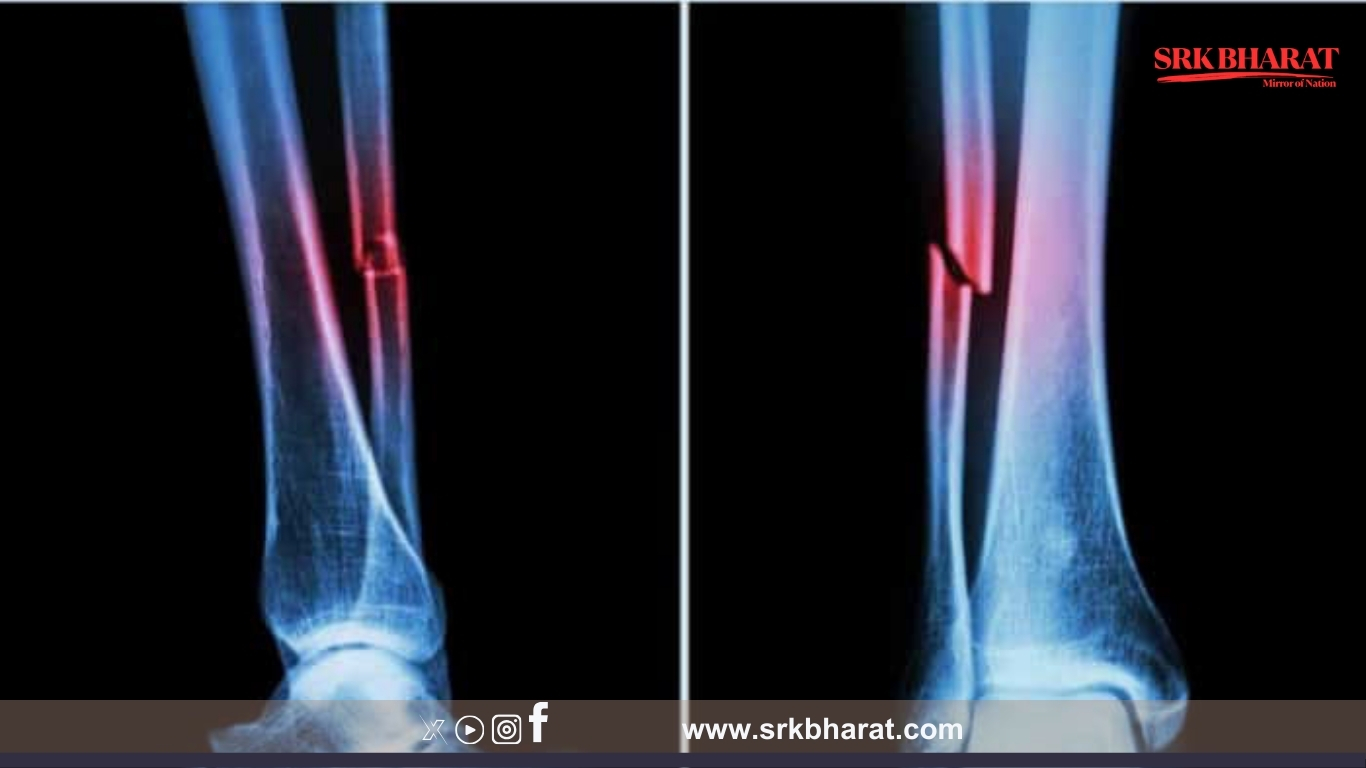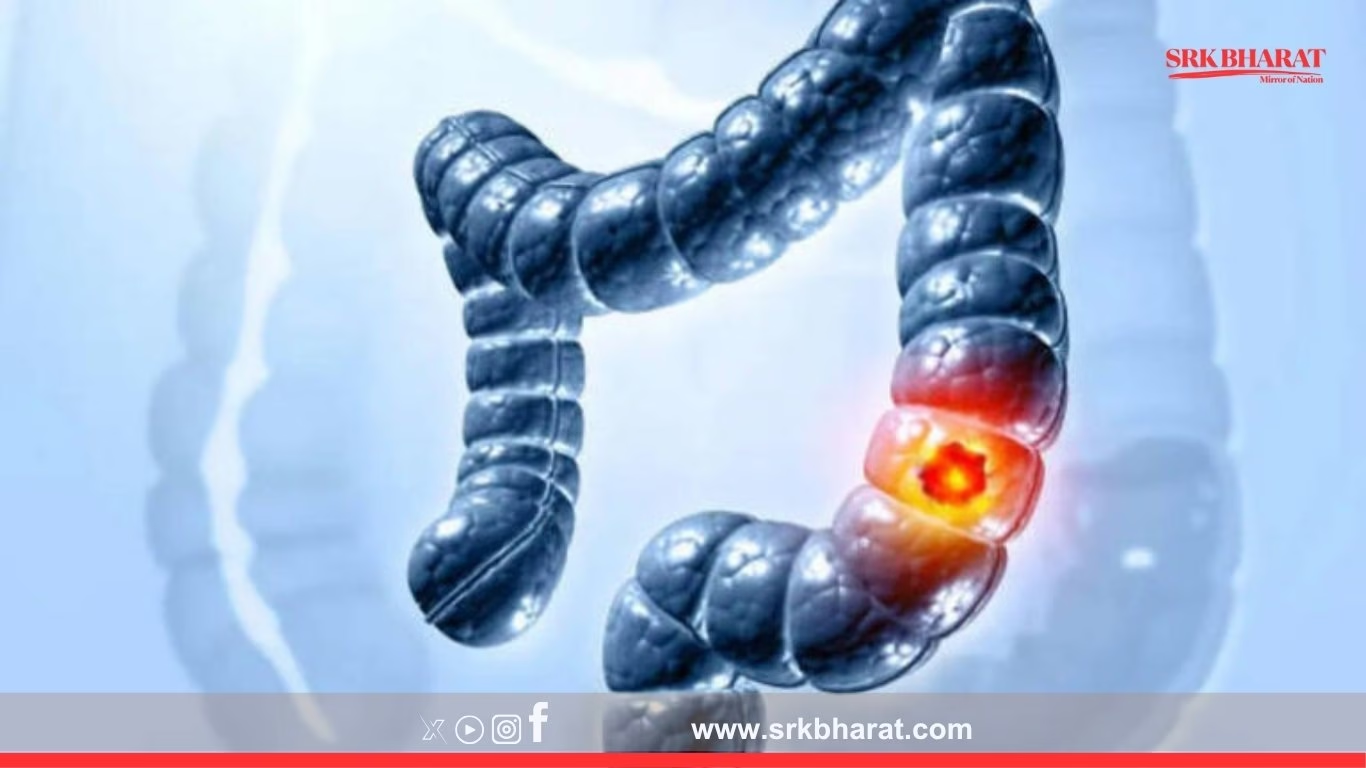Scientists have developed a cutting-edge AI-powered tool that can rapidly detect hidden heart disease and fracture risks using routine bone scans. The breakthrough, led by researchers from Edith Cowan University (ECU) in Australia and Canada’s University of Manitoba, enhances osteoporosis screenings by identifying vascular calcification linked to serious cardiovascular and mobility issues.
How the AI Tool Works
- Analyzes Vertebral Fracture Assessment (VFA) Images to detect Abdominal Aortic Calcification (AAC)—a key marker for heart attacks, strokes, and falls.
- Reduces Screening Time from 5-6 minutes per image to under a minute, enabling large-scale screenings.
- Improves Early Detection for older adults, particularly women, who are often underdiagnosed for cardiovascular disease.
Key Findings & Medical Impact
- 58% of older women undergoing routine bone scans showed moderate to high levels of AAC, many unaware of their elevated cardiovascular risk.
- AAC is a stronger predictor of fractures than traditional bone density assessments, highlighting the critical role of vascular health in fall prevention.
- AI-driven automation allows clinicians to assess thousands of images instantly, improving diagnostic accuracy and patient outcomes.
Future of AI in Healthcare
Experts believe this machine-learning algorithm could revolutionize osteoporosis screenings, offering early intervention opportunities for heart disease and fracture prevention. The technology is expected to be integrated into routine medical imaging, making cardiovascular risk assessments more accessible.
For more updates on AI-driven healthcare innovations, stay tuned!











